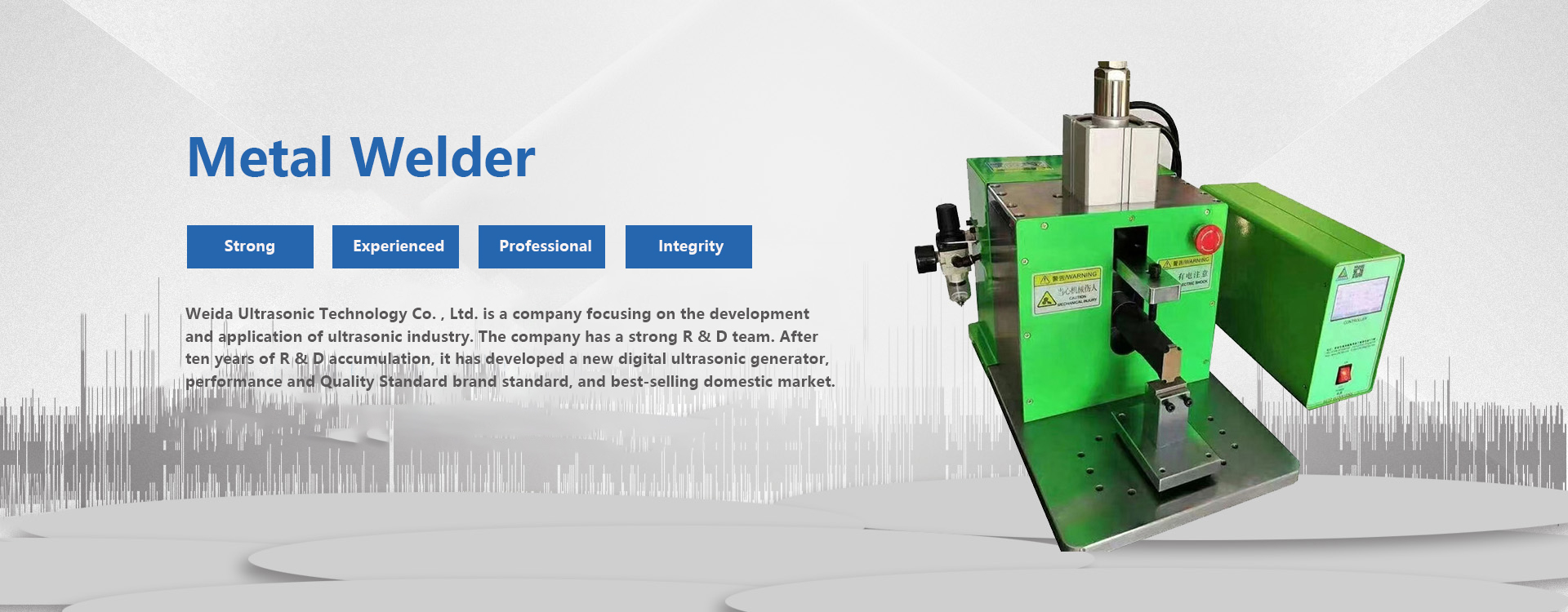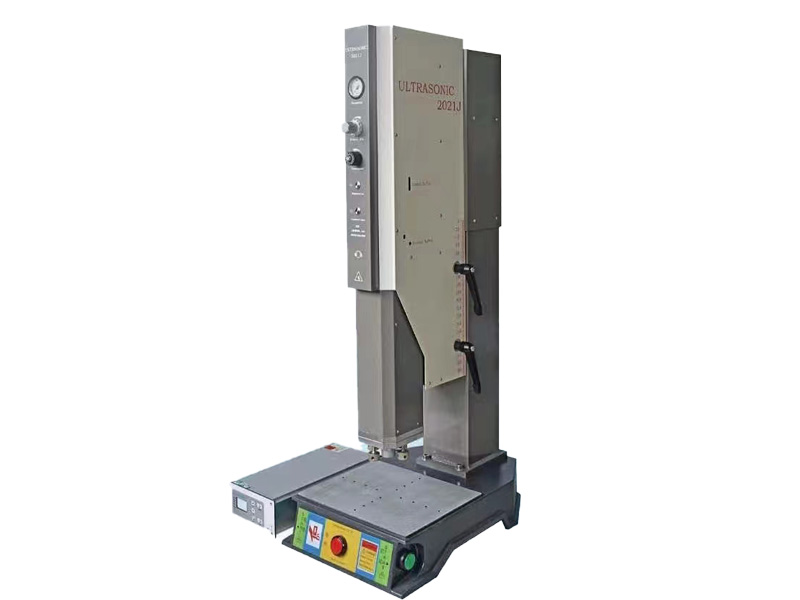Ultrasonic welding technology has the advantages of economy, reliability, easy automatic integration, etc., and is a common technology in the field of plastic welding. Unlike the heat generated by direct contact with plastic by traditional heat sources, ultrasonic welding generates heat through friction.
Amplitude, frequency and wavelength
In ultrasonic welding, the longitudinal wave propagates in the form of high frequency, resulting in low amplitude mechanical vibration. The electrical energy of the welding machine is converted into mechanical energy of reciprocating motion. In order to understand the relationship between amplitude, frequency and wavelength, as well as their relationship with heating, we need to understand the main components of the ultrasonic welding machine.
The main components of the ultrasonic welding machine are power generators, transducers, amplitude-modulators (sometimes called horns) and welding heads. The power generator converts a 50-60Hz power supply with a voltage of 120V/240V to a power supply with a voltage of 1300V and an operating frequency of 20-40Khz. This energy is fed to a transducer, which uses a disc-shaped piezoelectric ceramic to convert electrical energy into mechanical vibrations, i.e. when a high frequency current passes through the piezoelectric ceramic, the piezoelectric ceramic creates strain displacement.
The converter transmits the vibration to the modulator. The modulator amplifies the amplitude of the ultrasonic wave and continues to transmit it to the welding head. The welding head continues to amplify the amplitude of the ultrasonic wave and makes contact with the part.
The energy is transferred to the welded rib position of the two parts of the assembly. Because the welded ribs are designed with pointed points, the energy is concentrated at the pointed points, and the friction generates heat under pressure. This heat is generated by two kinds of friction, surface friction between the upper and lower parts of the material, and intermolecular friction within the material. It is the heat generated by friction that causes the upper and lower parts to melt and join together in the welding position.
Understand the heating rate
For the same material, there are three factors that determine the heating rate: frequency, amplitude, and welding pressure. For existing equipment, such as 15Khz, 20Khz, 30Khz or 40Khz machines, the frequency is fixed. Therefore, the heating rate can usually be changed by welding pressure. In general, the higher the pressure, the faster the rate of warming. In addition, you can also change the amplitude, as the pressure changes, the greater the amplitude, the faster the heating rate.
Of course, too much pressure and amplitude will also have an adverse effect on the quality of welding, such as material degradation, leakage, cracks and flashes. Therefore, ultrasonic welding requires a process to optimize the process parameters. After the parameters are determined, the welding process can achieve stable output, fast welding speed and high welding strength. This is the reason why ultrasonic welding is widely used in mass production.
Time, distance, power and energy
The amount of heat required for welding depends on the material type, welding design, and equipment specifications. The traditional method of controlling heat is to weld by time mode, that is, welding for a certain time, such as 0.2-1s(generally less than 1s). However, today's ultrasonic welding equipment can often set and monitor welding distance, power and energy. Appropriately trained operators can also adjust the parameters according to the actual situation and different materials to obtain consistent welding results. This also greatly improves the flexibility and reliability of welding.


 中文(简体)
中文(简体) 


 Wechat
Wechat